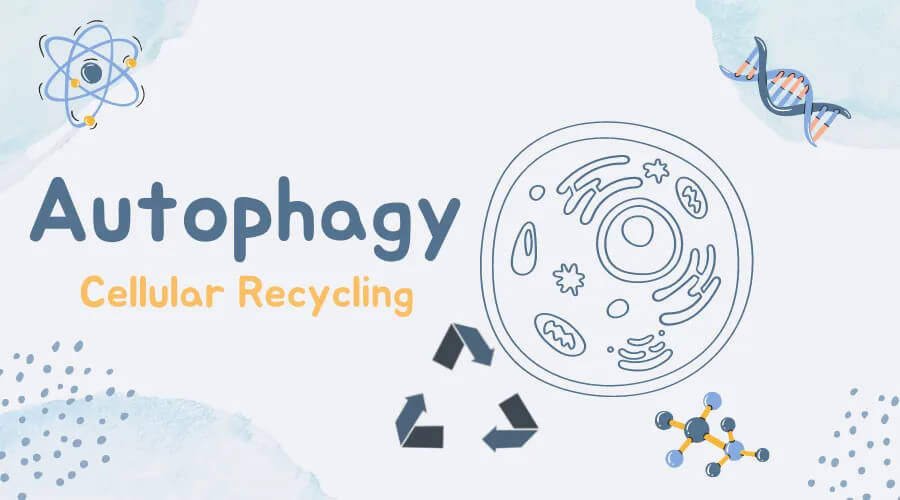
What is Autophagy
Autophagy – “self-eating” – is one of the most important health mechanisms in the human body. Dr. Yoshinori Ohsumi was awarded the 2016 Nobel Prize in Medicine for discovering the key mechanisms which make autophagy work. Here is a portion of what was said in the award announcement:
Thanks to Ohsumi and others following in his footsteps, we now know that autophagy controls important physiological functions where cellular components need to be degraded and recycled. Autophagy can rapidly provide fuel for energy and building blocks for renewal of cellular components, and is therefore essential for the cellular response to starvation and other types of stress. After infection, autophagy can eliminate invading intracellular bacteria and viruses. Autophagy contributes to embryo development and cell differentiation. Cells also use autophagy to eliminate damaged proteins and organelles, a quality control mechanism that is critical for counteracting the negative consequences of aging.'Disrupted autophagy has been linked to Parkinson’s disease, type 2 diabetes and other disorders that appear in the elderly. Mutations in autophagy genes can cause genetic disease. Disturbances in the autophagic machinery have also been linked to cancer. [1]
So autophagy plays a significant role in the elimination of bacteria and viruses from the body, contributes to embryonic development, determines how well we age, and is also linked to diseases like Parkinson’s, Type 2 Diabetes, and cancer. All vital for optimal health.
Much of the work I do with clients supports and inspires the process of autophagy, so let’s take a deeper look into understanding what it is, how it works, how we can stimulate this process, and when it is and is not appropriate to stimulate the enhancement of autophagy.
Autophagy is a normal and natural mechanism whereby a cell removes unnecessary and dysfunctional components.[2] This process is how our body clears out damaged cells, toxins, and other debris, thus encouraging the production of new, healthier cells. These dysfunctional components are broken down and recycled to make brand new cells, tissues, and organelles.
Like many aspects of human health, autophagy is a process that tends to deteriorate with age – especially in today’s overburdened task of cleaning up an unprecedented number of toxins, stressors, environmental pollutants, and poor diet. The list of physiological, chemical, and emotional assaults we face on a daily basis has seemingly become endless in our modern lives. This constant barrage of insults overwhelms the autophagy process.
Autophagy is occurring in the body all day, every day at various levels. There are times when it is beneficial or necessary to stimulate and enhance this critical process to run at a higher level. Here are a few examples:
- Reducing inflammation
- Supporting detoxification
- Supporting the immune system to prevent or fight infection
- Increase recovery after intense exercise
- Increase anti-aging benefits
- Supporting a general disease-prevention practice
- Preventing cancer
- Supporting healthy brain function
- Preventing or delaying the onset of diseases such as Alzheimer’s and Parkinson’s
However, like many things in life – more isn’t always better! There are times when we do NOT want to stimulate autophagy. For one, pregnancy and breastfeeding, women’s bodies should be in a “building” mode rather than a “cleansing” mode. Additionally, stimulating too much autophagy is thought to potentially break down healthy tissue. We only want this process to be clearing out decrepit cells, dysfunctional cells, toxins, and other bad actors – not our healthy tissue! We need a proper balance of recycling and rebuilding.
Ultimately autophagy is a response to cellular stress. We can use that knowledge to our advantage and create an environment where autophagy is up-regulated. This is a time when intentional stress (the right kind) can be good!
Here are 7 ways to stimulate the autophagy process naturally:
Fasting
Not eating is the most common and simplest way to inspire autophagy. Lack of incoming calories puts it into “famine” mode and stimulates autophagy to be able to reuse old cellular components to make new cellular components. This is a powerful survival mechanism that keeps our bodies functioning in times where there isn’t any food available.
There are varying ways to implement fasting:
- A protein fast once or twice a week, keeping protein levels to 15g or less for the day. This allows the body time to recycle proteins, reducing inflammation without the risk of any muscle loss. [3]
- Intermittent fasting, also known as time-restricted eating, can trigger autophagy if all foods are consumed within a narrow window of each day (4-8 hours). One example would be consuming all food, flavors, and calories between noon and 6 pm.
- A multi-day fast, consuming only water with trace minerals, or other liquids such as coffee, tea, or bone broth. Various studies have shown different durations for optimal fasting, but most agree that the maximum benefits of a prolonged fast occur once the 48-72 hour mark has been reached.
Fasting is a powerful strategy, but there are some considerations before implementing a full fasting regimen. Fasting is NOT for everyone at every stage of life. Please reach out if you’re interested in starting a fasting plan to learn how to safely introduce this practice.
Eating a ketogenic diet
Eating a high fat, low carb diet will shift the body from burning glucose to using ketones (created from body fat) as the primary fuel source. This mimics what naturally happens in a fasted state, without having to completely stop eating. This can be a great nutritional strategy to follow before implementing a fasting plan.
An even smaller step is to simply reduce carbohydrate intake without necessarily adding the high fat component. Low carb eating can reduce carb cravings and help the body transition into burning body fat for sustained energy.
Drink Coffee
Research has shown that coffee stimulates cellular autophagy with or without the consumption of food alongside it. [4] Both caffeinated and decaffeinated coffee provide this benefit. This is often why you’ll hear of ketogenic dieters, biohackers, and fasters adding fat to their coffee – for the double benefit of coffee and fat for stimulating autophagy and ketosis.
Eating autophagy-stimulating foods
Coffee is not the only food that promotes autophagy! Many spices and other foods have autophagy-stimulating effects such as turmeric, ginger, Ceylon cinnamon, ginseng, garlic, chaga and reishi mushrooms, pomegranate, elderberries, and green tea.
Exercising
As if you needed one more reason to get moving! Interval training has been found to stimulate autophagy. [5] [6] This can be accomplished through sprint-style workouts or weight lifting and resistance training. All it requires is short bursts of intense activity followed by short rest cycles. Each interval can be as little as 20 seconds or as much as 1 minute. The entire duration can be just a few minutes!
One research group out of McMaster University showed that even just 1 minute of high-intensity activity can be as effective as longer moderate-intensity workouts! In this study, the high-intensity participants warmed up for 2 minutes, performed three 20-second cycling sprints at their maximum output separated by 2 minutes of easy cycling to recover, then three minutes of cool down. A total of 12 minutes!
Intervals can be done walking, running, swimming, biking, weight lifting, or doing squats, lunges, pushups, jumping jacks, or any other activity!
Getting uninterrupted sleep
Autophagy occurs most while we sleep, so getting sufficient sleep on a nightly basis is critical. Sleep interruptions and short sleep cycles disrupt this process [7]. Put some focus on your sleep hygiene to ensure that you’re getting a full night’s rest.
Taking a sauna
High temperatures (typically between 120°-180°F) can create heat shock proteins that stimulate the lymphatic system. This also increases microcirculation which can help the autophagy process be more efficient and effective.
Sources:





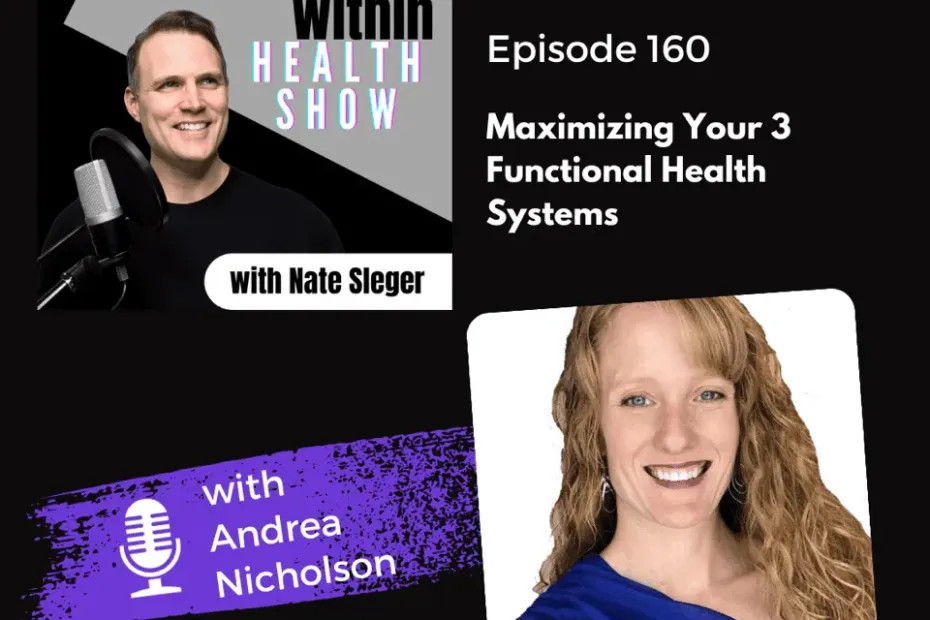
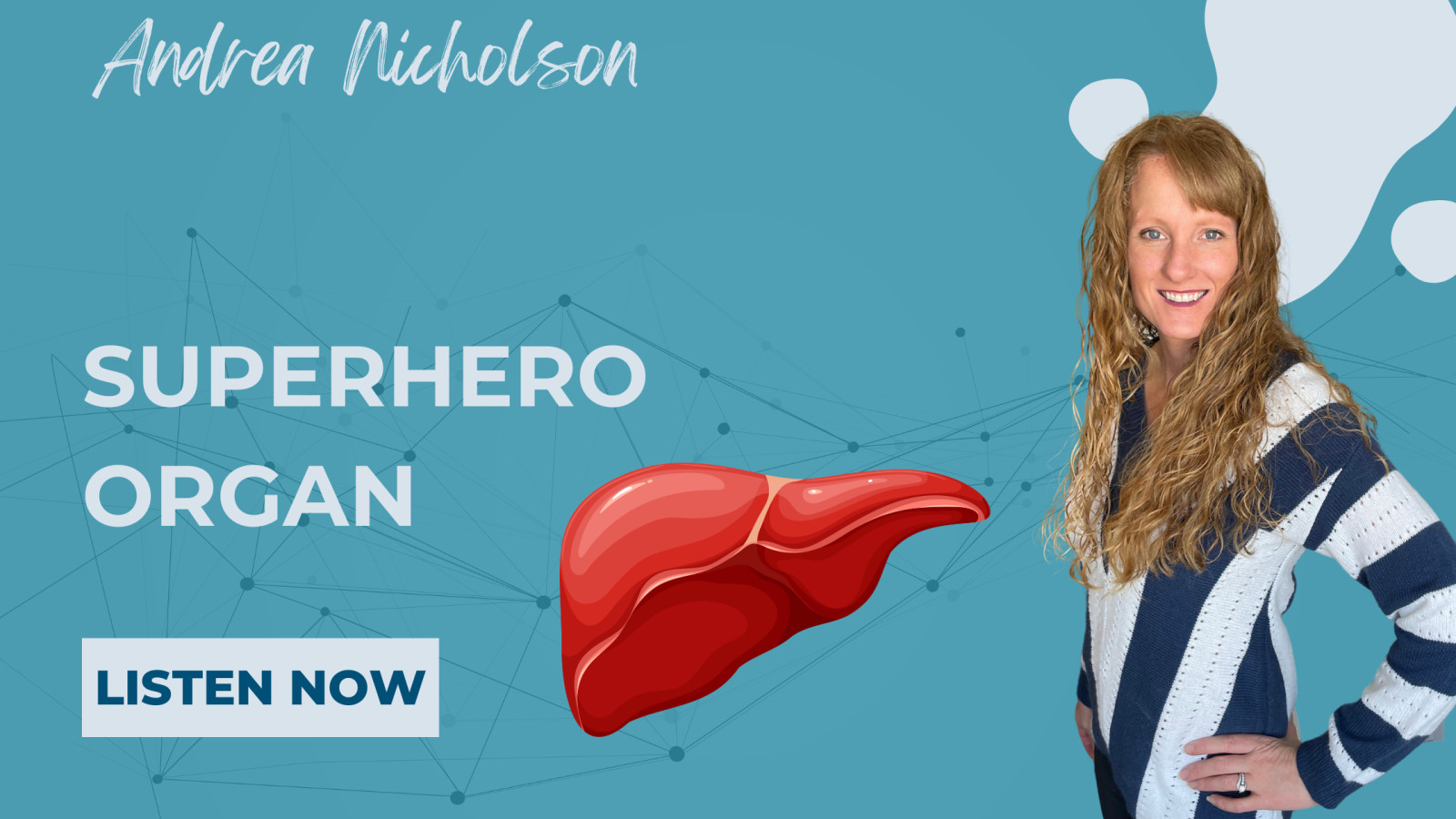




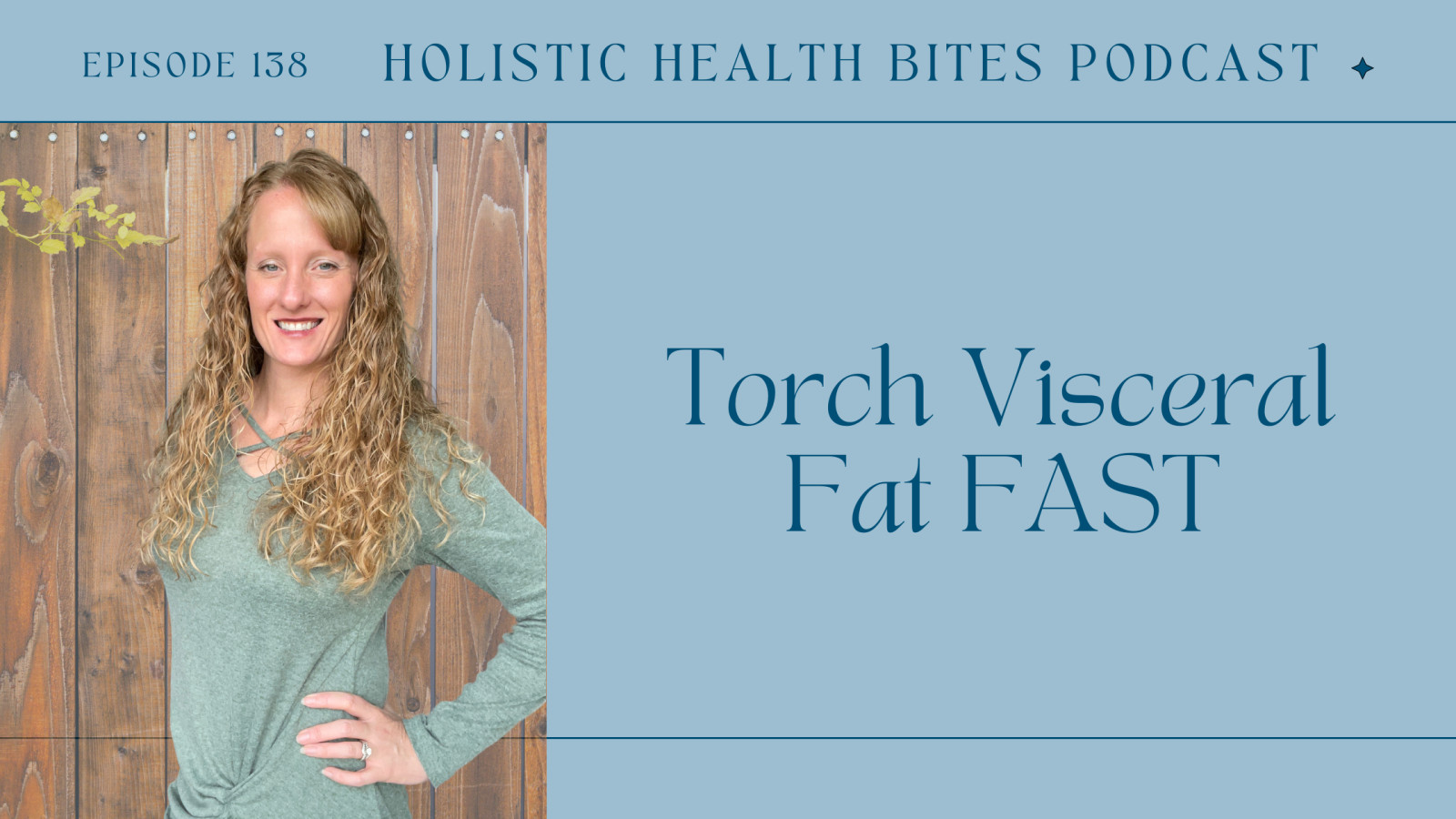
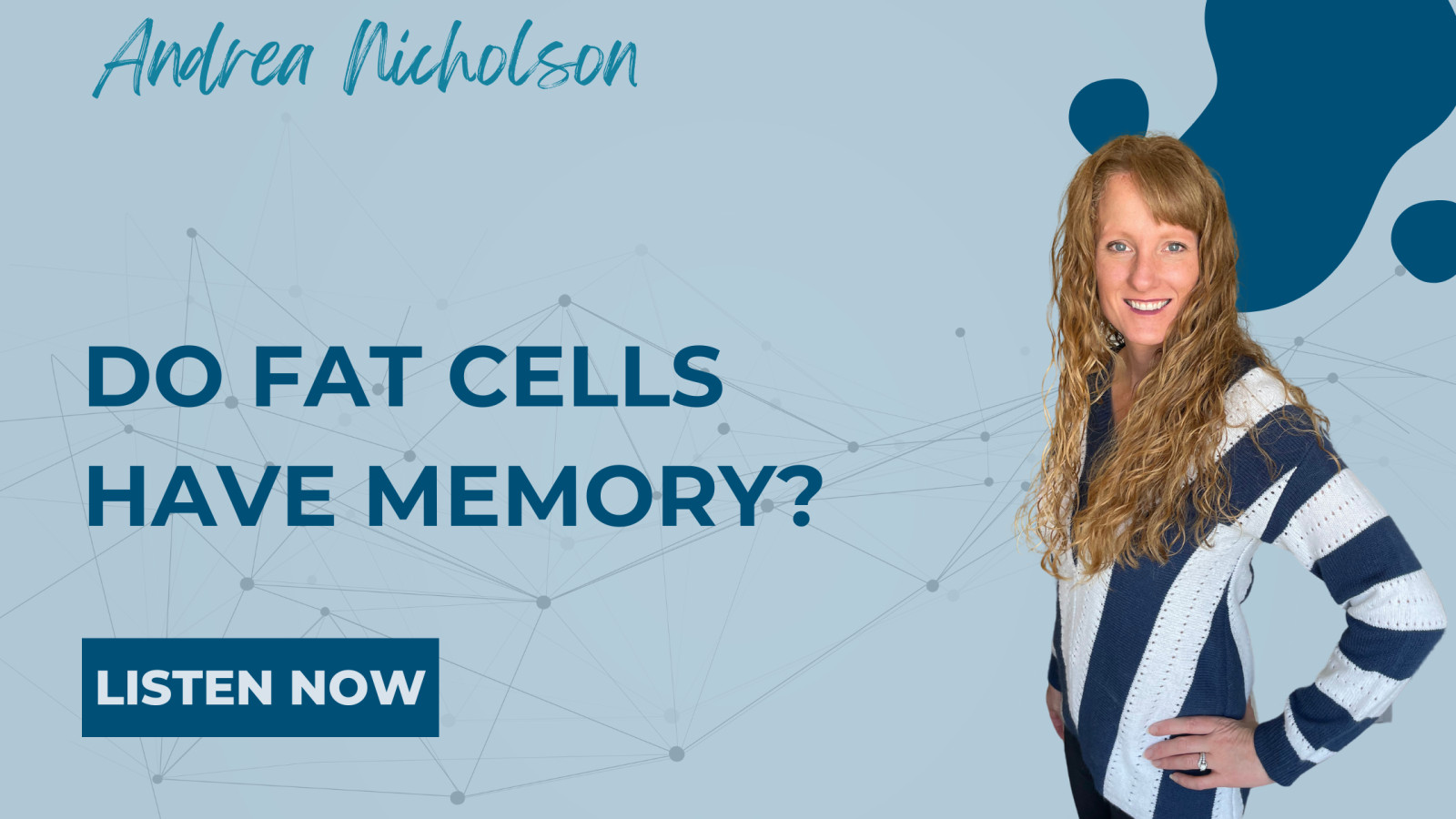








0 Comments